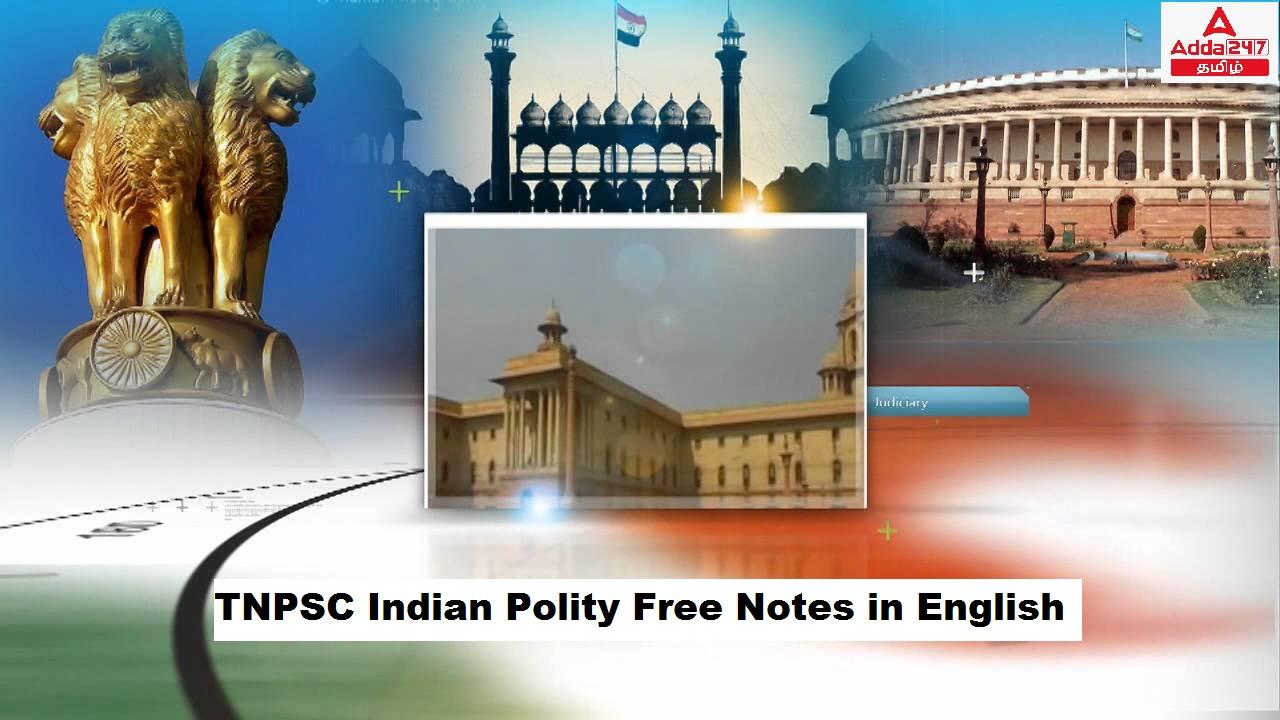இந்தக் கட்டுரையில், TNPSC குரூப் 1, குரூப் 2, குரூப் 2A, குரூப் 4 மாநிலப் போட்டித் தேர்வுகளான TNUSRB, TRB, TET, TNEB போன்றவற்றுக்கான முறைகள் இலவசக் குறிப்புகளைப் பெறுவீர்கள்.தேர்வுக்கு தயாராவோர் இங்குள்ள பாடக்குறிப்புகளை படித்து பயன்பெற வாழ்த்துகிறோம்.
Laser
Light Amplification by Stimulated Emission of Radiation
Characteristics of laser:
Monochromatic
Coherent
Does not diverge
Extremely intense
Conditions to achieve laser action:
There must be an inverted population.
The excited state must be a metastable state.
The emitted photons must stimulate further emission.
Process:
Normal Population:
In a system of thermal equilibrium, the number of atoms in the ground state (N 1 ) is greater than
the number of atoms in the excited state (N 2 ).This is called normal population
Stimulated or induced absorption:
If photons of energy hν = E 2 – E 1 are incident on the sample, the photons can interact with
the atoms in the ground state and are taken to excited state. This is called stimulated or
induced absorption.
The process by which the atoms in the ground state is taken to the excited state is known
as pumping.
Population inversion:
If the atoms in the ground state are pumped to the excited state by means of external agency, the
number of atoms in the excited state (N 2 ) becomes greater than the number of atoms in the
ground state (N 1 ).This is called population inversion.
Spontaneous emission:
If the excited energy level is an ordinary level, the excited atoms return to the lower (or) ground
energy state immediately without the help of any external agency. During this transition, a
photon of energy E 2 – E 1 = hν is emitted. This is called spontaneous emission.
Stimulated emission:
If the excited state is a metastable state, the atoms stay for sometime in these levels. The atoms in
such metastable state can be brought to the lower energy levels with the help of photons of
energy hν = E 2 – E 1 . During this process, a photon of energy E 2 – E 1 = hν is emitted. This is
known as stimulated emission (or) induced emission
Types:
Ruby Laser:
T.Maiman in 1960
Pulse of red light of wave length 6943 Å
Helium – Neon Laser:
Helium and Neon in the ratio of 1 : 4
Wavelength – 6328 Å
Applications of Laser:
Industrial applications:
To drill extremely fine holes in diamonds, hard sheets etc.,
For cutting thick sheets of hard metals and welding.
Used to vapourize the unwanted material during the manufacture of electronic circuit on
semiconductor chips.
To test the quality of the materials.
Medical applications:
In micro surgery
In the treatment of kidney stone, tumor in cutting and sealing the small blood vessels in
brain surgery and retina detachment.
Endoscopy and in the treatment of cancer
Scientific and Engineering applications:
To transmit large number of messages at a time in radio, television and telephone.
Optical fiber and Microwave communication
Communication with earth satellites and in rocketry.
In accurate range finders for detecting the targets.
Calculate Earth-moon distance
In laser Raman Spectroscopy
Holography
In RADAR
Holography:
A three dimensional mage of an object – holography.
Both the phase and amplitude of the light waves are recorded on the film. The resulting
photograph is called hologram.
Maser:
Microwave Amplification by Stimulated Emission of Radiation.
Principle – population inversion followed by stimulated emission.
Chromium or gadolinium ions doped as impurities in Paramagnetic ionic crystals.
Ammonia gas is also a maser material.
Used in Molecular spectroscopy.
**************************************************************************
| Adda247 TamilNadu Home page | Click here |
| Official Website=Adda247 | Click here |








